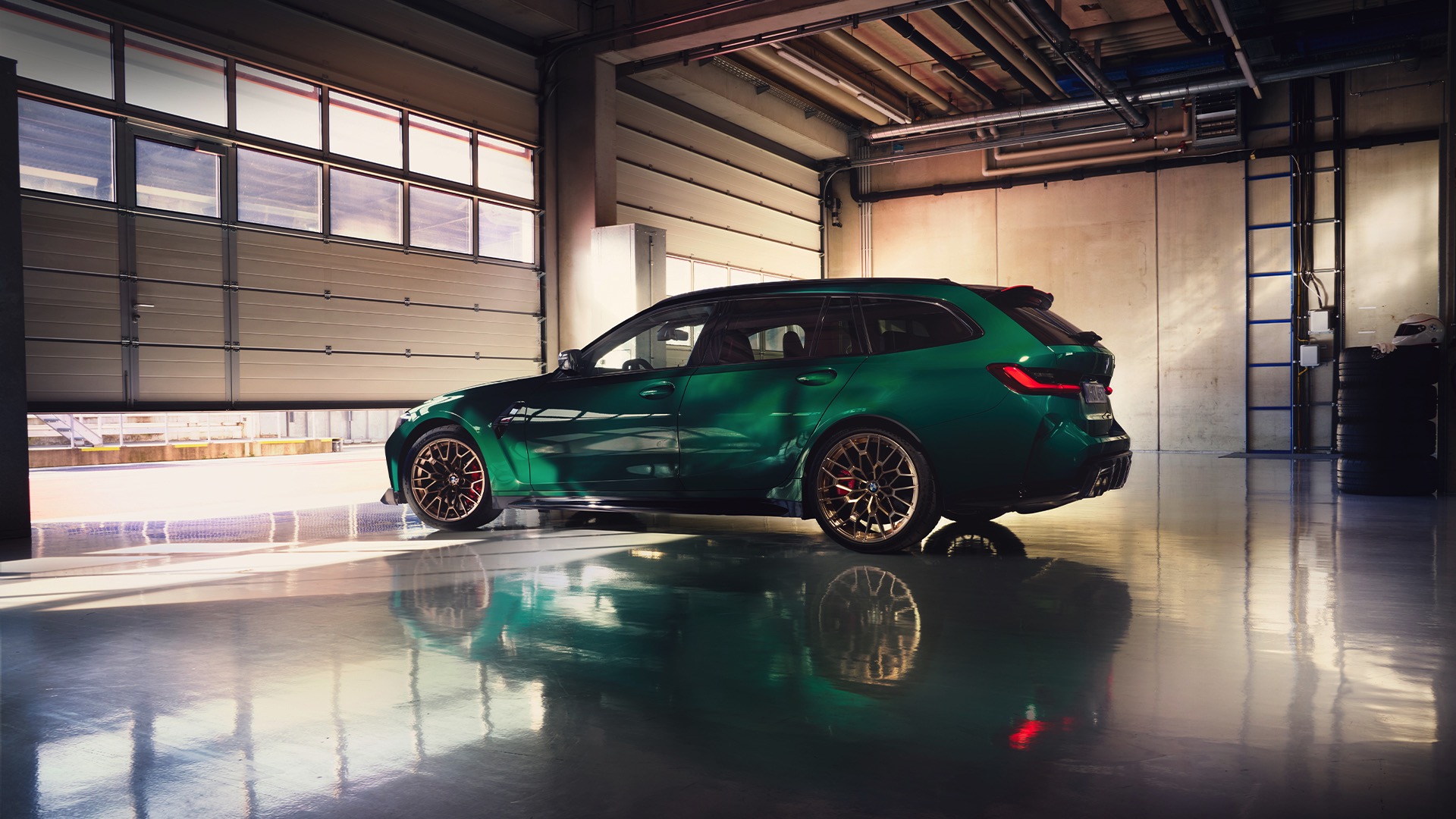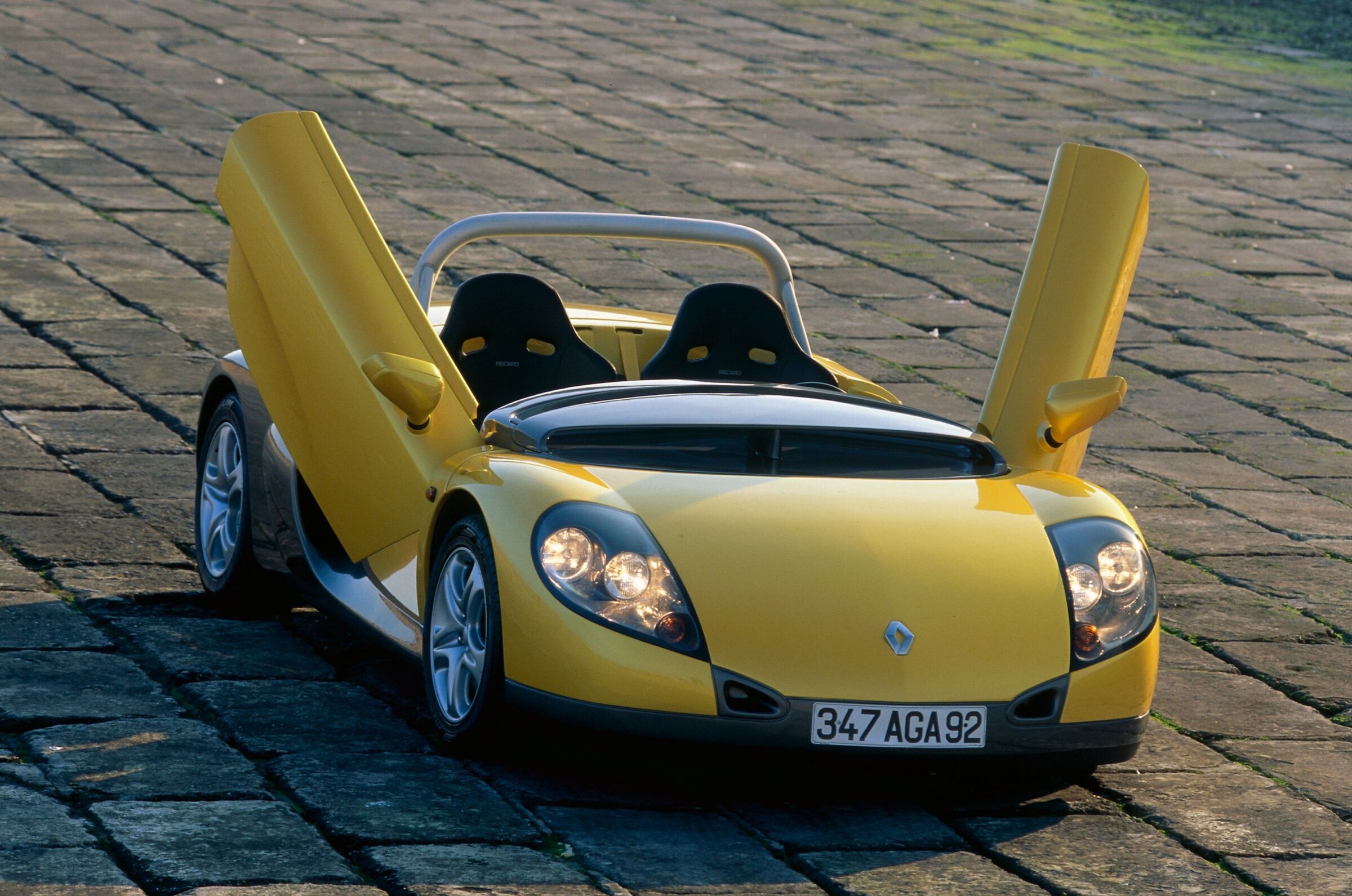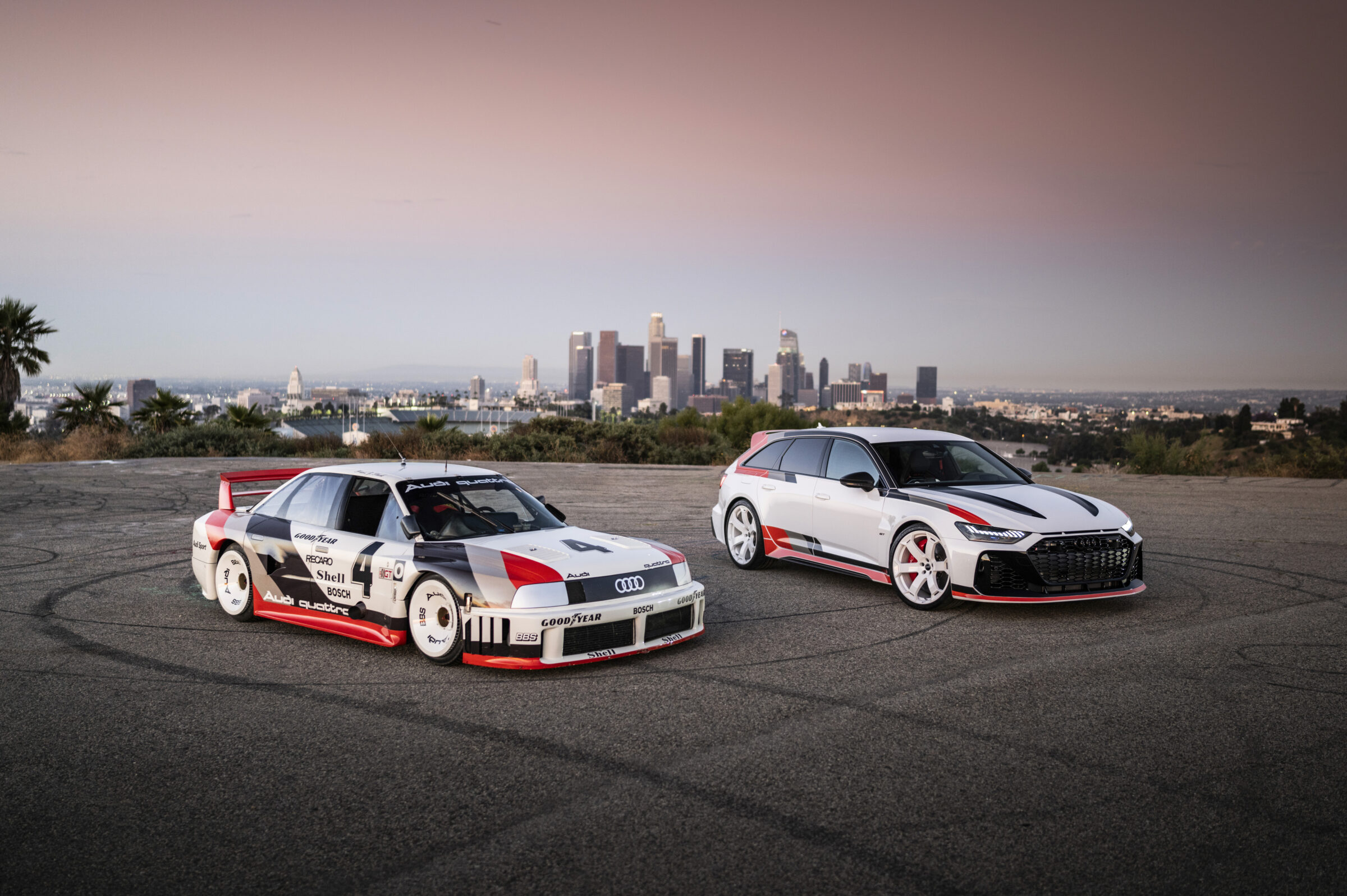Lotus Elise and Exige Final Edition
After 25 years, the Lotus Elise is retiring this year. It will be followed at the same time by the Lotus Exige after 21 years of production. To bid farewell to both models, the British sports car manufacturer is launching a Final Edition. The vehicles in question will not only be equipped to a high standard, but some of them will also have a higher power output compared with the normal production cars. There are a total of five different versions of the Final Edition, two Elise and three Exige variants. When production of the two model series ends, a total of around 55,000 units will probably have rolled off the production line. That means the Elise and Exige account for more than half of all cars ever made by Lotus since 1948. According to them, a final special edition of the Evora will also follow soon, as this model will also leave the market at the end of the year.
Elise Sport 240 and Elise Cup 250
A quarter of a century ago, the Elise reinvented key Lotus virtues. Consistent lightweight construction, a bonded aluminium chassis and sufficient engine power quickly earned it a good reputation. With the Final Edition, the final cars are now rolling out of the factory in Hethel. A 1.8-liter four-cylinder engine with supercharging serves as the powerplant. In the Sport version, customers get 23 horsepower more than before (243 hp). This takes it from a standstill to 60 mph in 4.1 seconds. The anthracite-colored alloy wheels save 500 grams per piece compared with the standard wheels on the Elise Sport 220. Optional carbon fiber parts reduce the curb weight to 898 kilograms. In the Cup, the eponymous 250 hp is retained. Here the optional carbon parts reduce the weight to 931 kilograms.
New cockpit for the Final Edition
Inside, you’ll find a new TFT display behind the steering wheel. Depending on the selection, this shows classic round instruments or race car-like displays. The steering wheel also features a new design with a flattened bottom as well as leather and Alcantara upholstery to match the seats. A numbered badge reminds the driver that the car belongs to the Final Edition. Available colors include ‘Azure Blue’ (color on the first press pictures in 1996), ‘Black’ (used in the Autobytel Elise Championship) and ‘Racing Green’ (presentation color at IAA 1995). Price-wise, the fun starts at £ 45,500 for the Elise Sport 240 and £ 50,900 for the Elise Cup 250.
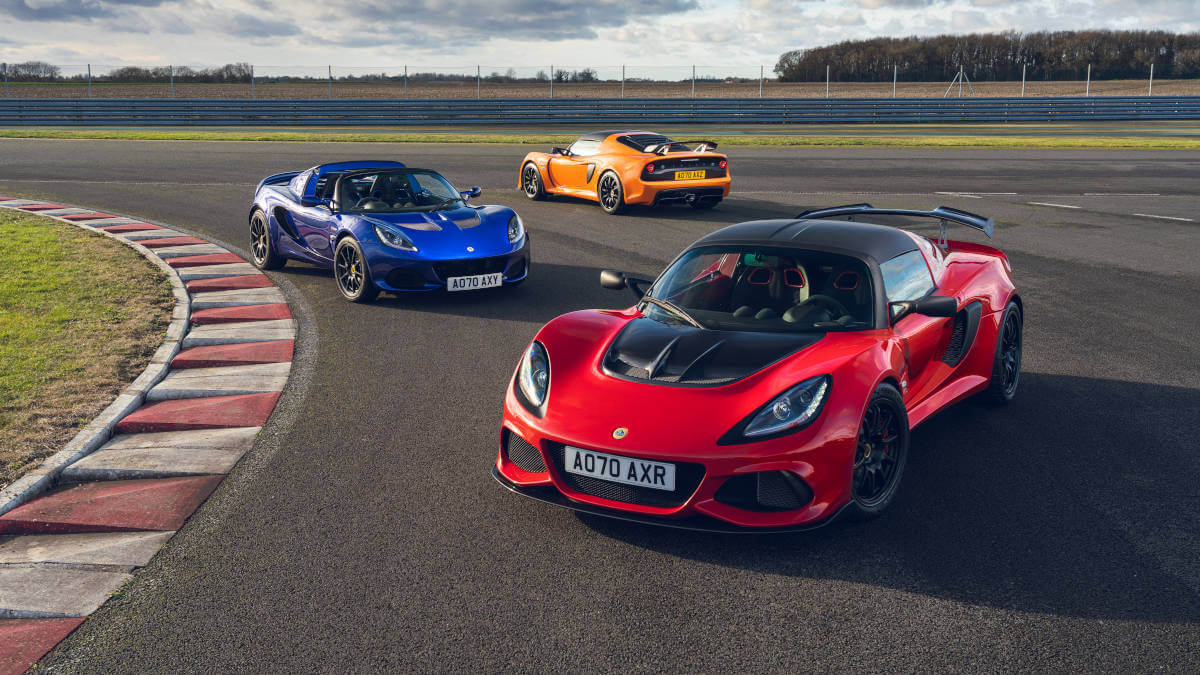

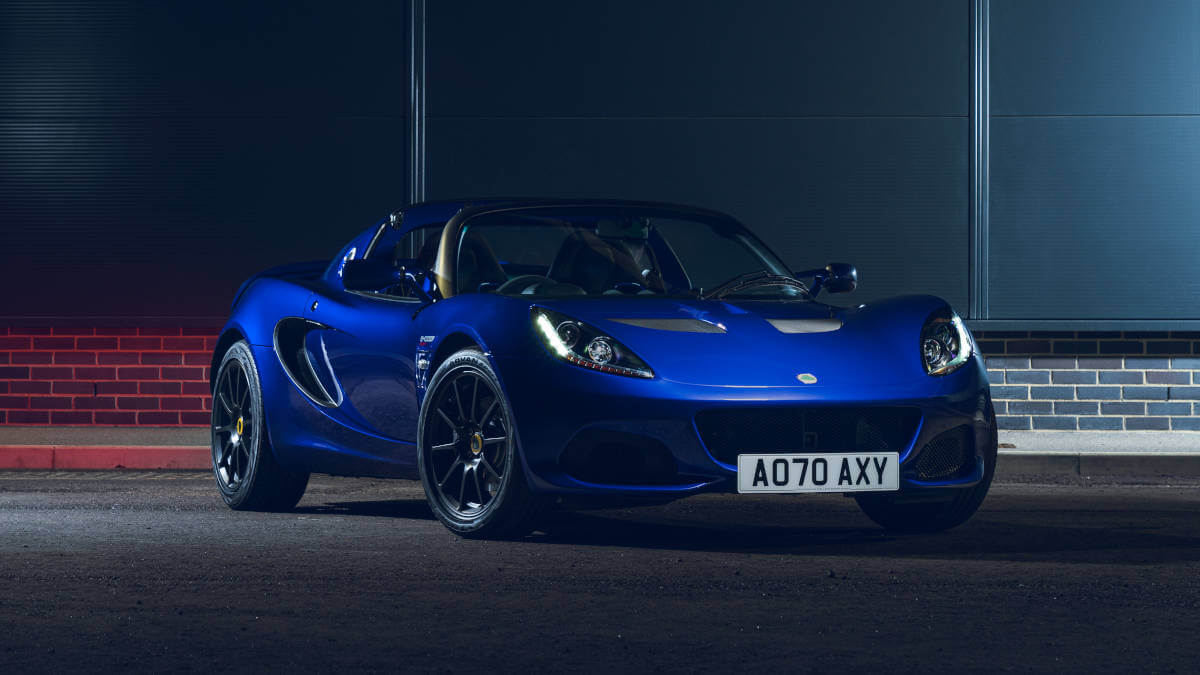









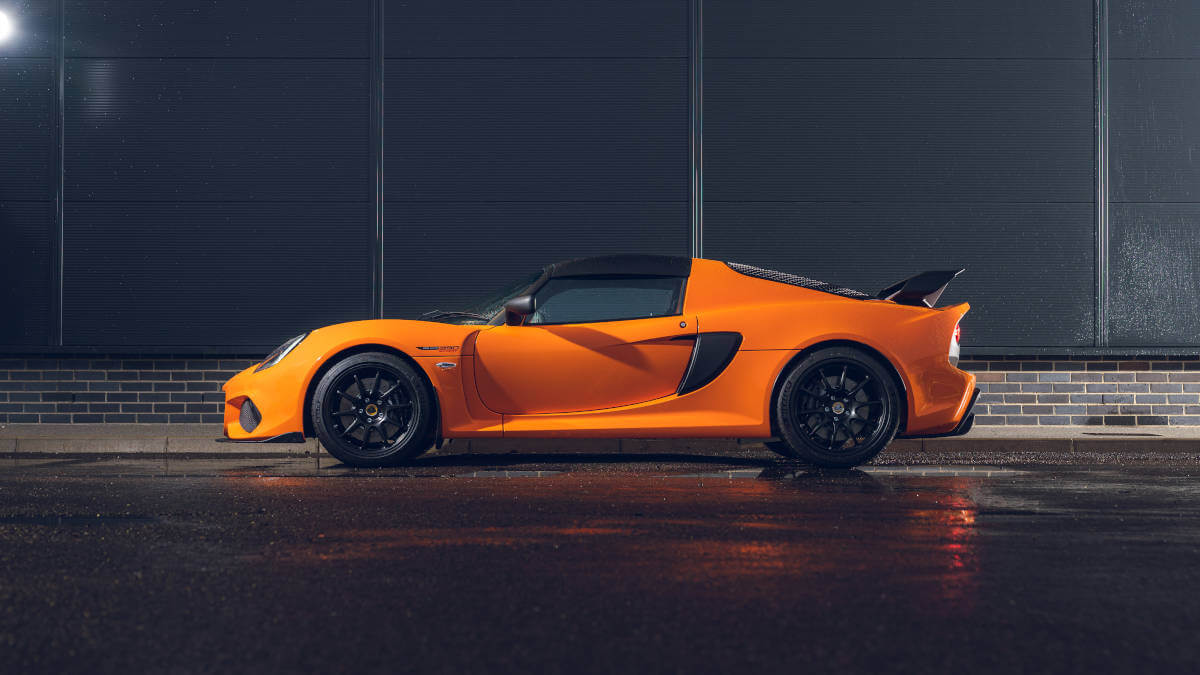



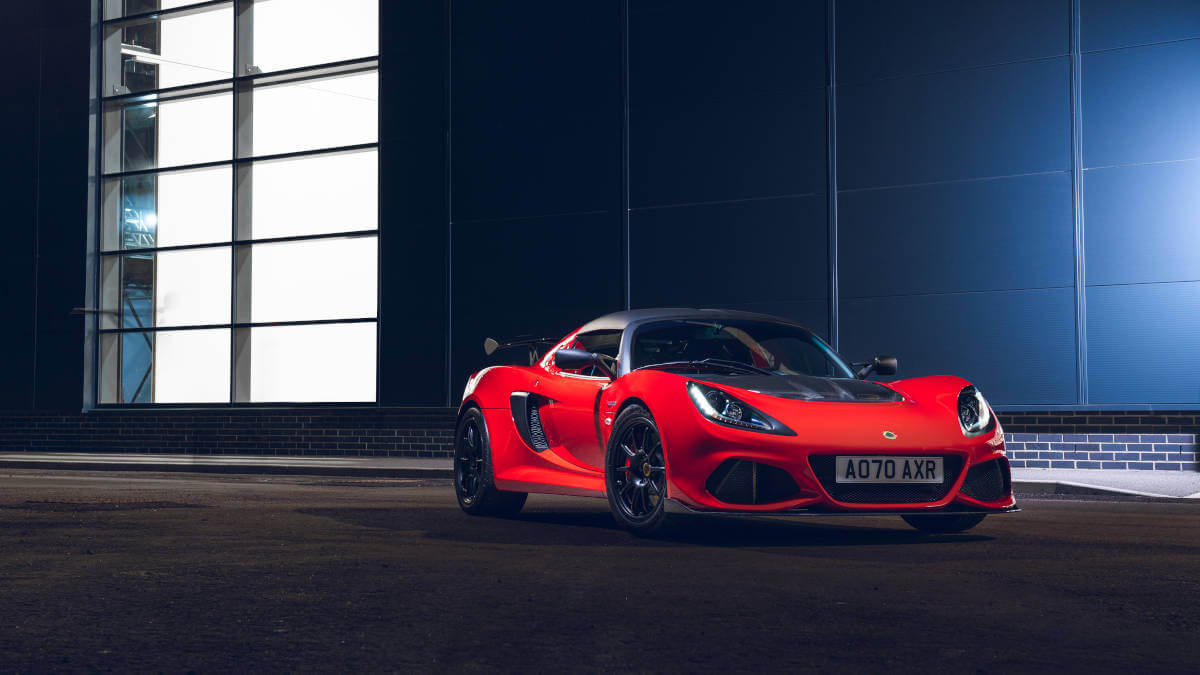



Exige Sport 390, Exige Sport 420 and Exige Cup 430
Once upon a time, the first-generation Exige model was little more than a hardtop version of the Elise with more power and improved downforce. In the third generation, it outgrew the original base and significantly surpassed it, especially in terms of performance. There are three power levels to choose from in the Final Edition. Behind the passengers is a 3.5-liter supercharged V6 engine. In the Sport 390, the available horsepower climbs by 47 to 399 hp. Combined with the curb weight of just 1,138 kilograms, a topspeed of 172 mph is possible. In the Exige Sport 420, power climbs by 10 to 420 hp. This allows for 180 mph and a sprint to 60 mph in 3.3 seconds. As the top model, the Exige Cup 430 remains in the range with a larger rear wign for more downforce.
New cockpit and special colors
Like the Elise Final Edition, the Exige Final Edition cars also get a new digital display behind the new steering wheel. In addition, there are newly designed seat upholstery with decorative stitching and the Final Edition badge. Special colors are also available for the bodywork. These include ‘Metallic White’ (presentation color of the Exige III at the IAA 2011) and ‘Metallic Orange’ (press vehicle of the Exige I and presentation color of the Exige II at the 2007 Geneva Motor Show). Starting at £ 64,000 is the Exige Sport 390. Above it ranks the Exige Sport 420 starting from £ 79,900. The top model Exige Cup 430 costs at least £ 100,600.
Images: Lotus Cars


